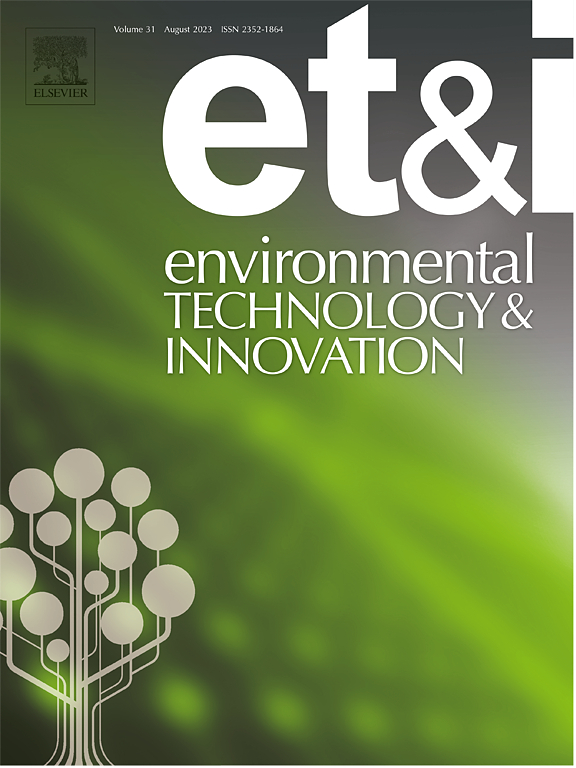Effectiveness of microbial induced carbonate precipitation treatment strategies for sand
IF 6.7
2区 环境科学与生态学
Q1 BIOTECHNOLOGY & APPLIED MICROBIOLOGY
引用次数: 0
Abstract
Microbial induced carbonate precipitation (MICP) is a sustainable and environmentally protectable technique in geotechnical engineering. Treatment uniformity and convenience of application are crucial considerations in laboratory and field tests. This study focuses on the exploration of three treatment strategies using the surface percolation method. A rapid MICP process may lead to uneven distribution issues. By lowering the pH of the bacterial solution to delay the reaction time, the accumulation of calcium carbonate at the injection point can be minimized, thereby enhancing the treatment effectiveness. The results suggest that single-phase treatment under undrained conditions at the bottom of specimen, utilizing a lower pH bacterial solution, effectively improves the uniformity of the treatment. It was observed that flocculated calcium carbonate deposited and solidified over the curing time. The morphology of calcium carbonate under scanning electron microscopic (SEM) that forms as a bonding agent between sand particles displays the cubic crystalline structure characteristic of calcite, as reflected in the shear strength observed during triaxial consolidated drained (CD) tests.
求助全文
约1分钟内获得全文
求助全文
来源期刊

Environmental Technology & Innovation
Environmental Science-General Environmental Science
CiteScore
14.00
自引率
4.20%
发文量
435
审稿时长
74 days
期刊介绍:
Environmental Technology & Innovation adopts a challenge-oriented approach to solutions by integrating natural sciences to promote a sustainable future. The journal aims to foster the creation and development of innovative products, technologies, and ideas that enhance the environment, with impacts across soil, air, water, and food in rural and urban areas.
As a platform for disseminating scientific evidence for environmental protection and sustainable development, the journal emphasizes fundamental science, methodologies, tools, techniques, and policy considerations. It emphasizes the importance of science and technology in environmental benefits, including smarter, cleaner technologies for environmental protection, more efficient resource processing methods, and the evidence supporting their effectiveness.
 求助内容:
求助内容: 应助结果提醒方式:
应助结果提醒方式:


